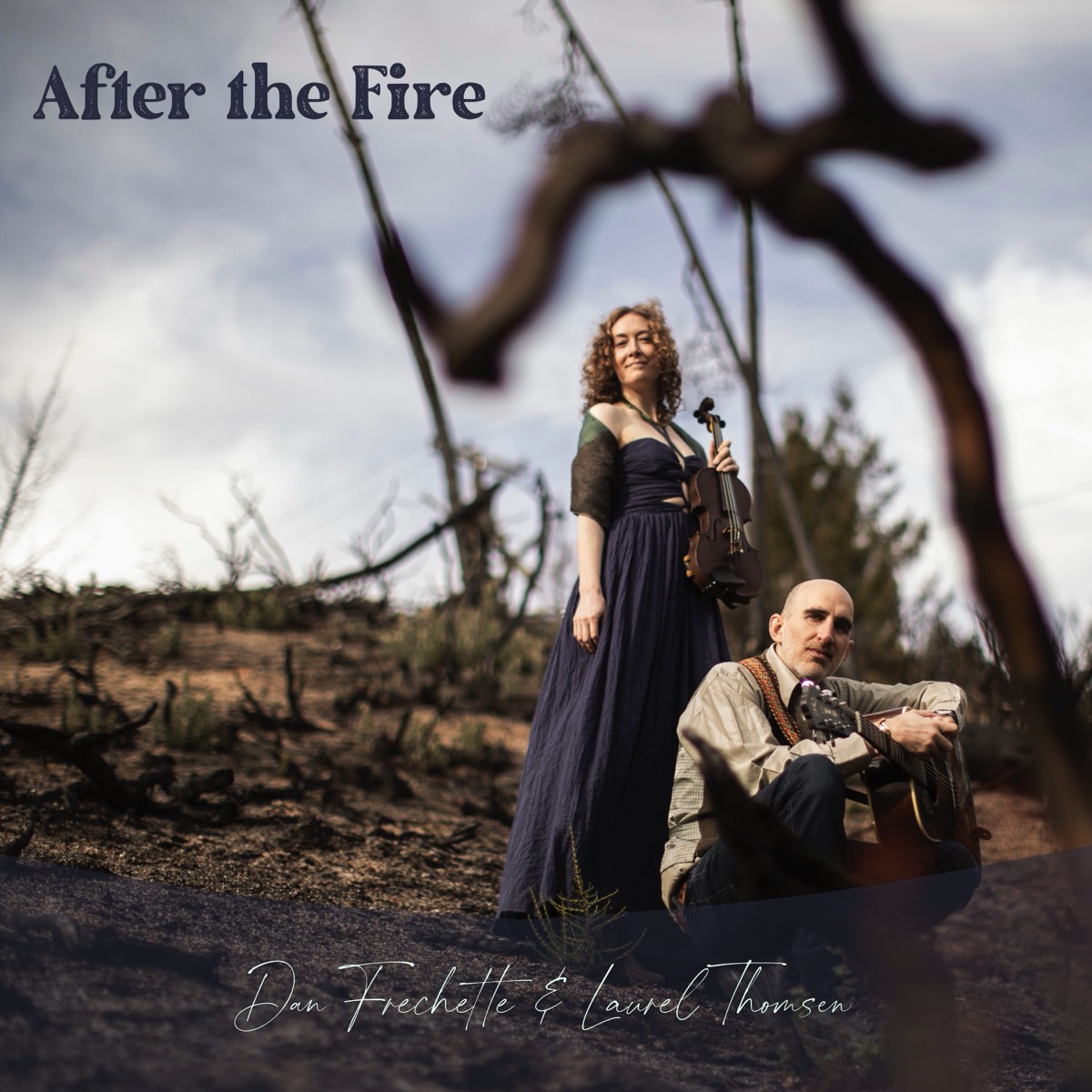When it comes time to buy an instrument, especially when stepping up to a higher quality violin or viola, students often ask if I can recommend any particular brands. Unfortunately, that’s a tough question to answer and one that seems to assume that a new instrument is better than one that’s used.
As far as used/antique versus modern, the situation we find when purchasing a violin or viola is a bit different than what I’ve noticed with other instruments, like guitars. Whereas a scratch seems to instantly de-value a guitar, often considerably until we reach rare antiques, like the pre-War Martin guitars, violins seem to hold their value and often appreciate over time despite cosmetic issues. The scratches, dings, and inconsistencies in varnish that we might see in a “used” violin can usually command higher prices actually. In fact, in recent years we’ve seen many new violins getting “antiqued” before they leave the shop. If the buyer can’t afford a legitimately old violin, it seems that many people in the violin world prefer something that at least looks like it was made in 1720!
However, this look is not attractive to all students and some complain about violins that look (and smell) old. Some really want something shiny and untouched. New instruments can sometimes be a good choice, especially when we don’t have the time or budget to search for something older and we don’t have the experience to know what we’re really looking for in a quality violin. I’ve had many students enjoy models by Jay Haide and Scott Cao, and the benefit of being able to try several violins of the same model and the same price is not something we find when searching for an antique instrument.
Of course, we must weigh the fact that a new instrument will take time to mature - most players and makers suggesting about 25 years in fact. That can be an exciting process to hear and witness with a new violin, with the biggest changes in tone usually happening in the first few years, but some prefer not to wait that long. Despite techniques some makers employ to help age an instrument - using aged wood, ToneRite devices etc., it will take many years of playing for a new instrument to experience its full capability.
Another difficulty in answering the brand name question is that new or old, all violins sound different, something that doesn’t seem to be as pronounced with other instrument families. Two violins by the same maker and using the same model can sound worlds apart. Some old instruments can be duds, while some new ones can sound remarkably resonate and deep. A few notable double blind sound tests in recent years compared violins by Stradivari and Guarneri del Gesu to top quality modern violins, and stunned the violin world, suggesting that more listeners and violinists prefer the tone of modern instruments over famous antique ones. See https://www.pnas.org/content/114/21/5395.abstract and https://www.pnas.org/content/early/2012/01/02/1114999109.abstract In my experience, it’s best to keep an open mind and try as many instruments as you can before making a purchase.
It’s not uncommon for older instruments to have had repairs, and like buying an older car, students may question whether they’re just purchasing a problem. Assuming the repairs have been done by a reputable luthier, I wouldn’t personally have any reservation about purchasing a violin or viola with repairs or cosmetic issues if I love the sound and it’s a comfortable instrument to play. While I’ve witnessed a few train wrecks, usually in a youth orchestra setting with violin necks breaking, bridges flying etc. I’ve also seen many instruments come out of disastrous moments unscathed. Violins are pretty hardy (bows not always as much).
I also wouldn’t worry about the lack of a label on an older violin or viola. Many instruments have no label and many more have fake labels, usually attributing the instrument to the famous Italian violin maker Stradivari. Such an instrument can actually be a great find because the price can be more reasonable while the sound of old wood can truly be beautiful, often outperforming much more expensive instruments by modern makers, or older, but well known makers. Even without a label, appraisers should be able to narrow down the age and origin of an instrument and use that knowledge to set a fair price. While an unlabeled or falsely labeled violin may not appreciate as much as one that can be credibly identified, I assume that most will hold their value, or likely appreciate over time by simply becoming increasingly antique.
Another question that sometimes arises is whether it’s always best to go with an established maker, or if it’s worth also considering emerging violin builders. From personal experience, as long as the instrument is well made and set up, and especially if its tone speaks to you, this can be a great way to find a high quality instrument that is relatively affordable. When I was 16 and needing to step up to a more professional instrument, the violin I fell in love with was from a maker who wasn’t well known at the time. While we were also considering an older French violin, my teacher immediately noted the violin’s gorgeous tone and had a gut instinct about it. With an affordable price as well, the modern instrument won out in the end. A few years later, the luthier began winning awards for his instruments, after which the price he could command for his violins rose considerably, and mine appreciated beyond what my parents or I would have ever been able to comfortably afford. Not all situations will turn out this way, but an up-and-coming maker shouldn’t be disregarded. There are plenty of talented musicians, artists, writers, etc. who for whatever reason never “make it big.” The same can be said for instrument makers. While such an instrument may be a riskier investment, most players aren’t as investment minded as music minded - whether $500 or $50,000, we just want to find something we are happy to play for hours every day.
And finally, a few thoughts on price. Students jaws often drop when they realize how expensive violins can get. They wonder what a reasonable budget might be. In my experience, students looking to step up to something that’s significantly better sounding than the $300-500 beginning instruments usually have to pay around $2000-$2500 to notice the kind of tonal differences that will justify getting something more expensive. That’s not to say that finding a $1000 violin that can last you many years if not a lifetime isn’t possible, but typically I haven’t seen huge differences in tone compared to a $500 violin. Thereafter, professionally minded students may need to budget for something closer to the $5000 range.
While finding a quality instrument from the player’s perspective doesn’t mean it always has to be the most expensive violin in the room, there’s a reason why many professionals play loaned instruments worth tens of thousands if not hundreds of thousands or millions of dollars. Stepping up to a better quality instrument is an investment and some students may wonder if they are “good enough” to justify the expense. In my experience, when you get to the point when it feels like your violin is holding you back, investing in a new instrument (or even just better quality, more expensive strings), begins to look like an increasingly “affordable” price to pay for a violin you’ll be happy to continue practicing and performing on for decades to come.
The “perfect” instrument can be hard to find as we become more experienced and discerning about tone and playability. The process of finding the right instrument for you is very personal and regardless of whether we’re searching for a modern or antique instrument, it’s worth taking the time to treasure hunt for something with a tone that will inspire you to play. Trying dozens of violins, perhaps 25, or even 50, before finding the perfect fit is not uncommon. Narrow it down. Take some home. Play them for your teacher, your friends, your family. Record yourself playing them. And overall, try not to judge a violin or viola by how it looks. Open your ears and wait for one to sing back to you.

